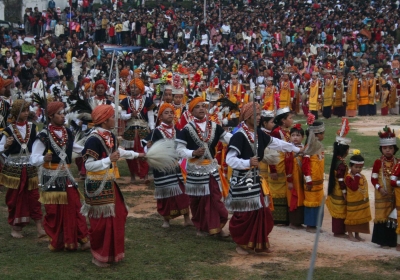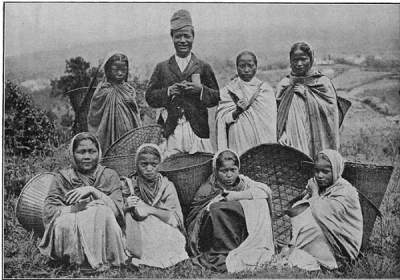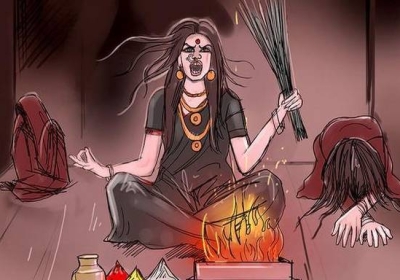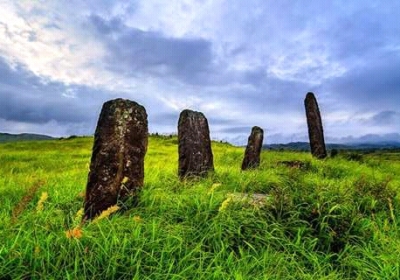KHASI MATRILINEAL CLAN LINEAGE: THE SOCIAL MODULE
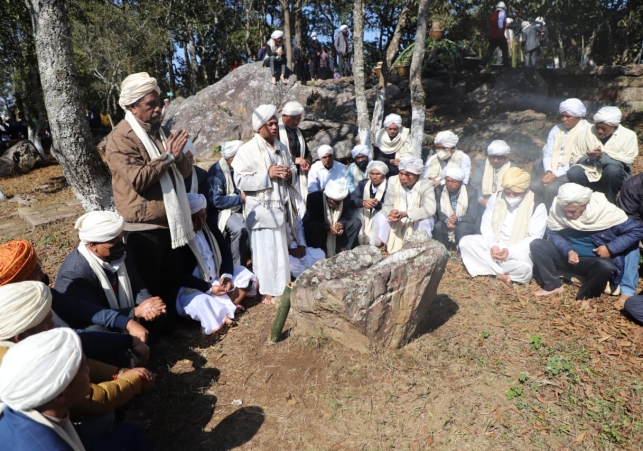
The traditional religious rituals and ceremonies occurred out of certain social situation and domestic circumstances that demand for congenial and harmonious existence of every human in society. The misfortune that might have taken place at any household or in the society, which may adversely affected an individual or the community would have to be cured or healed through divine intervention. The myth of Diengïei revealed that the human had resorted to the quest for response of the divine being for repentance because of the transgression being committed. The individual expression and the collective participation for the common cause is the result of community involvement in the action irrespective of whether the deed is proper or improper. This is the beginning of social concern and community feeling within the group of people. The Khasi social norm is egalitarian in nature, where human is considered equal among fellow human without any sort of discrimination, deprivation or classification in the society. There are strata of functions of every individual in the society both within the family circle, in the territorial domain and the province at large. Within the family circle there are different responsibilities being held by different individuals but the overall position remain equal. The only hierarchy is that each individual perform his or her duty as demanded by the social norm and personal ethic.
The mother is the custodian of family properties and the eldest uncle is the supreme authority in the decision making process with the consensus of the family council where every adult member in the family is participating. The eldest uncle would represent the family at the clan council and conduct as the spokesperson in the clan council even as all the adult male and female members of the family are entitled to attend the general council, but do not participate in the discussion. The most matured and articulated representative uncle of the clan would be elected to represent the clan council at the territorial council, even as the executive members of the various clan council are entitled to attend the territorial council, but would not be allowed to participate in the discussion. The most matured and articulated member representative of the every territory would be elected to represent the respective territorial council at the provincial council, even as the other member representative of the territorial are entitled to attend the provincial council, but would not be allowed to participate in the discussion. The uncles who are the head of every territorial council who are bestowed with the responsibility to be represented at the provincial council will be assigned with specific function and position of nobles. The executive council of the nobles is headed by the chieftain or Syiem Hima as the neutral chief adjudicator and administrator of the entire province.
The hierarchy is not about the privilege and status but the duty and responsibility to serve the people at the respective segment of administration. The nobles in the executive provincial council will comprise of the Chief Minister or Lyngskor as the next in command to the Chieftain, the ministers or Bakhraw and Basan in various political administrative functions, and the priests in various religious functions. Apart from the nobles, there are other functionaries for certain segments of political, cultural, economics, social and religious affairs like the Duhalia for devotional music, Matabor in the territorial and commercial matters, Sangot for communication and public announcement, Sohblei for rituals and ceremonies, and few others. There are also different terminology for some designations depending on the region like the Doloi in the Pnar region or the present Jaintia Hills District, the Maji in the Bhoi region and others, or even the Bongthai from the Karbi community that have their own distinct tradition.
All these functionaries at different levels are to be adhered to the matrilineal system of election or nomination, where the mother or the eldest sister in lieu of the mother that always serves as the priestess in the hearth for initiating their social responsibility. From the ordinary family to the royal sacred home, the hearth is always the centre for performances of rituals and ceremonies by the mother as the priestess or the queen mother as the high priestess respectively, while the uncles to the nobles, the priest to the chieftain are to execute their specific performances outside the house, whether in the courtyard, in the market, in the field, in the river or the forest. The female are usually forbidden to carry out any activities outside the domestic front, especially those who are in the state of fecundity, which could be vulnerable to infection of contagious elements. In the festival arena also the damsels always dance in the inner circle surrounded and protected by the male dancers.
One of the most significant aspects in the delegation of duties is the care and protection of the female members of the society to prevent from any harmful effect of the surrounding environment. Chastity is designed by nature for the children and they are regarded as pure before they attain the age of puberty. When the organ for reproduction system is about to form, the nature would generate the purification course only for the female adolescent but not the male adolescent. The purification course occurred regularly every month until the young woman engaged in sexual relationship with a man that it specifies the fertility through conception, and then the course came to a halt. At this period the pregnant body of a woman is fragile and more vulnerable to harmful effect of the surrounding environment. The pregnant woman must be concerned about her health and the wellbeing of the embryo inside her womb, which is in the process of developing the organ into an evolved human form for another ten lunar months according to Khasi calculation. The moon rises and sets alternately for every twenty eight days; it waxes for fourteen days and wanes for another fourteen day to complete the cycle. In the modern Gregorian calendar it is nine months one week, which is approximately a multiple of nine month of alternate thirty days and thirty one days including the additional seven days, which is around two hundred eighty days. It is written for every woman to engage in the reproduction process with caution and in the Khasi perception, the more the children the more the blessing; therefore, the woman must be engaged only in the domestic chores because of the concern for her fragile biological condition, but not a discrimination to explore the outside world as perceived today. Therefore, it must be aptly clear on this aspect so as to refrain from any misinterpretation of the traditional custom.


